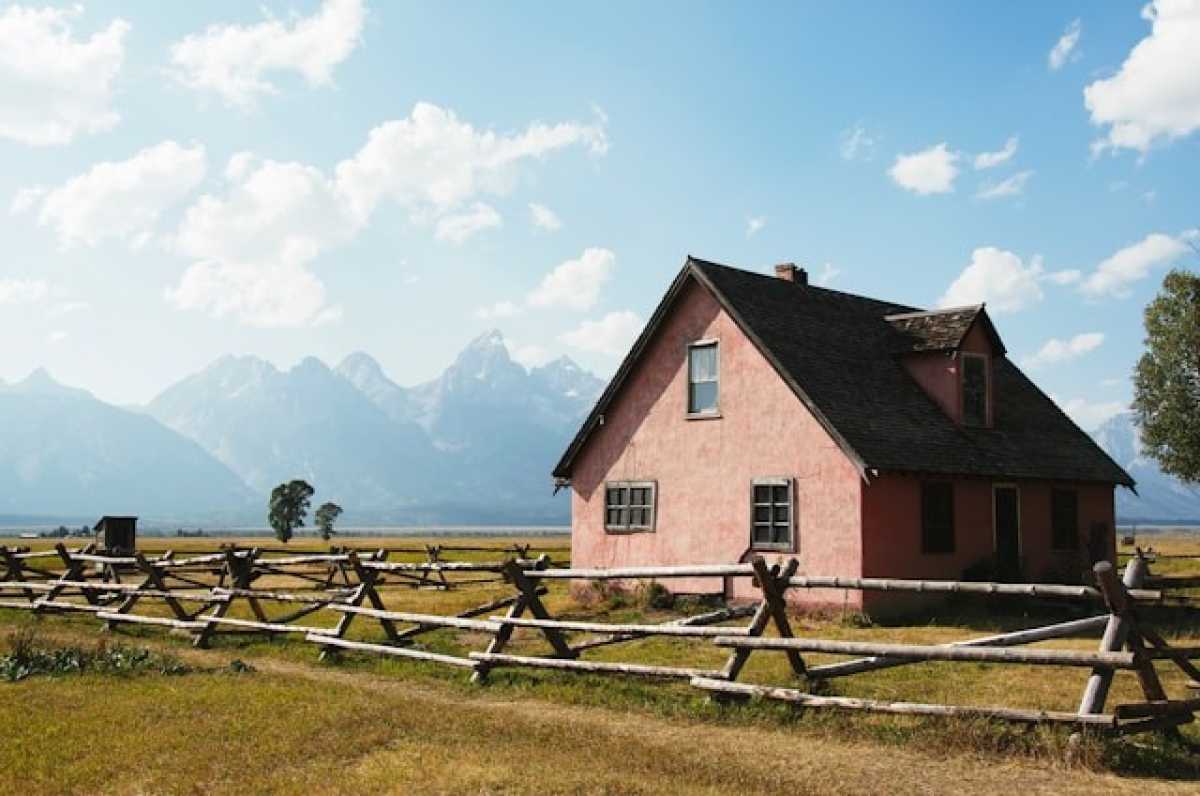Building Your Dream Home On A Ranch: 6 Key Considerations
- - Category: Interior Design
- - 15 May, 2024
- - Views: 109
- Save

Rural living is the dream for many outdoorsy families, but it's important to understand the basics for your home first.
Constructing a home on a ranch offers a unique opportunity to blend modern living with the beauty of the natural environment. Certain factors are paramount when considering such a significant project to ensure the outcome is both fulfilling and harmonious with the rural setting. This article explores essential aspects to consider during the planning and building phases of a ranch home.
Understanding the Landscape
The topography of a ranch can vary significantly, offering unique challenges and opportunities. Prior to construction, a thorough analysis of the land is crucial. This involves understanding soil composition, elevation changes, and natural water sources. Such insights will guide not only the location of the home but also its design, ensuring it complements the surrounding landscape while addressing potential challenges like drainage or erosion.
Incorporating Sustainable Practices
Sustainability is increasingly becoming a priority in home construction, more so in vast, open spaces like ranches where the connection to the environment is palpable. Integrating green building practices can enhance energy efficiency and reduce the ecological footprint. Options include solar energy installations, rainwater harvesting systems, and using materials that are both durable and environmentally friendly. These measures not only contribute to environmental conservation but can also offer long-term cost savings.
Accessibility and Infrastructure
Rural homes often face challenges with accessibility and availability of utilities. Planning for road access and the installation of essential services such as water, electricity, and internet is crucial. In some cases, creating self-sufficient systems for water and power might be necessary, making the early stages of planning critical. Making sure you have a septic tank installed is another crucial step, as most rural areas don’t have access to city sewer systems. Companies like Bowen’s Septic Tank can help get your septic tank set up. Additionally, considering the distance from emergency services and community amenities will inform practical aspects of daily living on a ranch.
Design for Comfort and Efficiency
The design of a ranch home should reflect both the aesthetic desires of the homeowner and the functionality required for rural living. Large windows not only provide natural light but also allow for passive solar heating and scenic views of the landscape. Efficient insulation and heating, ventilation, and air conditioning (HVAC) systems are essential to combat temperature extremes common in rural areas. Having a well-structured roof to withstand storms is also crucial since your home will likely be the largest structure for a wide area. Roofers like DeWilde Construction LLC will be able to keep your home safe from heavy rains. The choice of materials and the home's orientation are key factors that contribute to both comfort and efficiency.
Wildlife and Livestock Considerations
Living on a ranch often means sharing space with wildlife and possibly raising livestock. It's important to consider how animals will interact with the new home. Fencing and landscaping can help manage these interactions, protecting both the home and the animals. For those planning to raise livestock, facilities such as barns, pens, and feed storage should be incorporated into the overall plan.
Legal and Regulatory Compliance
Finally, building a home in a rural area requires adherence to local zoning laws and building codes. These regulations can affect various aspects of the project, from the size and height of structures to environmental conservation efforts. Early consultation with local authorities can provide guidance and prevent potential legal challenges. Additionally, understanding water rights and land usage laws is crucial in rural settings where such matters can be complex.
Building a home on a ranch is a dream for many, offering the chance to create a personal haven in the midst of nature. By carefully considering these key aspects, prospective homeowners can ensure their ranch home is not only a comfortable and efficient dwelling but also a sustainable and integrated part of the surrounding landscape. With thoughtful planning and attention to detail, the vision of rural living can be realized in a way that celebrates the beauty of the natural environment while catering to the needs of modern life.


